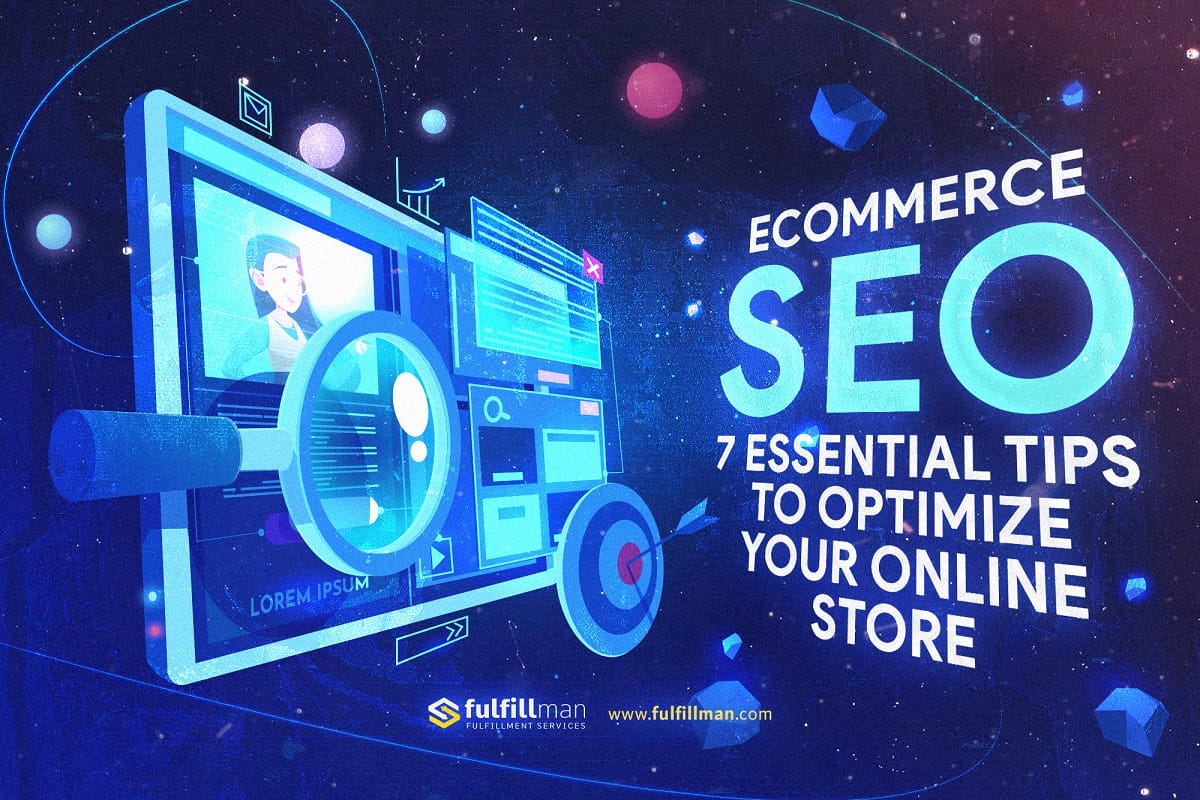Selling on an online store is an exciting venture, but one of the most critical aspects of your business’s success is finding profitable products to sell. Identifying the right products can make or break your online store. In this post, we will discuss some top strategies to find profitable products to sell in your online store and boost your ecommerce or dropshipping business.
Conduct In-Depth Market Research and Niche Selection
Finding profitable products for your online store begins with thorough market research and smart niche selection. Market research involves exploring a variety of niches and industries to identify trends, gaps, and emerging markets. It’s crucial to select a niche that aligns with your interests and expertise, making the process more enjoyable and sustainable. A well-defined niche often proves more profitable than trying to cater to a broad audience. Focus on niches with growth potential and customer demand.
Analyze Your Competitors
Competitor analysis is an essential part of the process. It helps you understand which products are already successful in your chosen niche and what sets your competitors apart. Tools like SEMrush, Ahrefs, and SimilarWeb can provide insights into your competitors’ online presence, SEO, and marketing strategies. By analyzing your competition, you can identify gaps in the market and opportunities to differentiate your products.
Listen to Customer Needs and Pain Points
Understanding your target audience’s needs and pain points is crucial for finding profitable products. Engage with potential customers through surveys, social media, forums, and online communities to learn about the problems they’re looking to solve.
By creating products that address these issues effectively, you can cater to a receptive audience. Listen to customer feedback and reviews to continuously refine your offerings and ensure they align with what your audience truly values. Meeting customer needs is at the heart of finding success in e-commerce.
Stay Updated on Product Trends and Seasonality
Stay updated on product trends and seasonality within your niche. Tools like Google Trends, Amazon Best Sellers, and social media listening platforms can help you identify products that are gaining popularity. Keep in mind that while trending products can be highly profitable, they may also have a shorter shelf life. Balance your product portfolio with evergreen items to ensure long-term sustainability.
Explore Different Supplier and Sourcing Options:
Finding the right suppliers is crucial to your product sourcing strategy. Consider different sourcing options, such as dropshipping, wholesale, private labeling, or manufacturing your products. Each method has its pros and cons, so choose the one that aligns with your business model and budget. Reliable suppliers are essential to maintain product quality and timely deliveries.
Perform Keyword Research for SEO
Effective search engine optimization (SEO) can significantly impact your product’s visibility and profitability. Conduct keyword research using tools like Google Keyword Planner, Ahrefs, or SEMrush to identify relevant search terms and phrases in your niche. Optimize your product listings and website content around these keywords to improve your chances of ranking higher in search results.
Act on Customer Feedback and Reviews
Customer feedback and reviews are essential for shaping your product offerings and ensuring customer satisfaction. These insights, both from your products and those of your competitors, provide a wealth of information. Positive feedback highlights your strengths and areas where you excel.
Conversely, negative feedback offers opportunities for improvement. Actively address customers’ concerns, and make the necessary product refinements based on their input. This will help you enhance your product quality and better meet your customer’s expectations.
Test and Iterate Continuously
To maximize your online store’s profitability, embrace a mindset of continuous testing and iteration. Launch new products on a small scale to gauge their performance and gather data on how they resonate with your audience. Analyze this data to make informed decisions about which products to expand, discontinue, or modify.
The key is to remain flexible and open to changes based on customer preferences and market dynamics. Experiment with various marketing strategies, pricing models, and product variations to determine the most profitable combination. This iterative approach keeps your online store dynamic and responsive to evolving customer needs, ensuring long-term success.
Parting Words
Finding profitable products for your online store is a dynamic and ongoing process that requires a combination of research, analysis, and adaptability. By thoroughly researching your market, analyzing competitors, and addressing customer needs, you can increase your chances of success. Keep an eye on product trends and leverage SEO techniques to boost your products’ visibility.
Also, sourcing from reliable suppliers and actively seeking customer feedback will help you fine-tune your product offerings. Remember that the e-commerce/ dropshipping landscape is ever-evolving, so remain open to testing and iteration to ensure the continued profitability of your online store. With these strategies in mind, you’re well on your way to building a successful and profitable online store.
Call Fulfillman Today!
Contact us today at Fulfillman to know more about the services. We are experts in Global Fulfillment, China Sourcing, Dropshipping, Third Party Logistics, and many more. Our dedicated team will be available to speak with you and discuss your possible dropshipping options. Our experts will provide suitable answers to your questions and concerns. We guarantee you excellent services.








